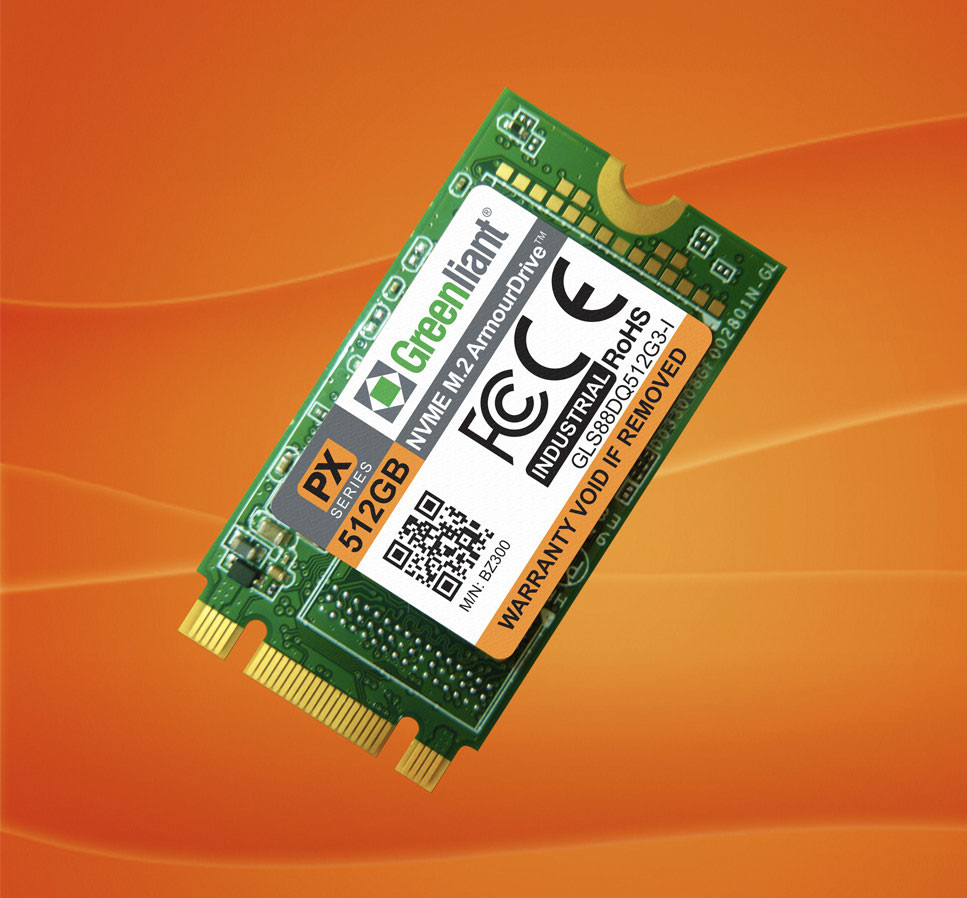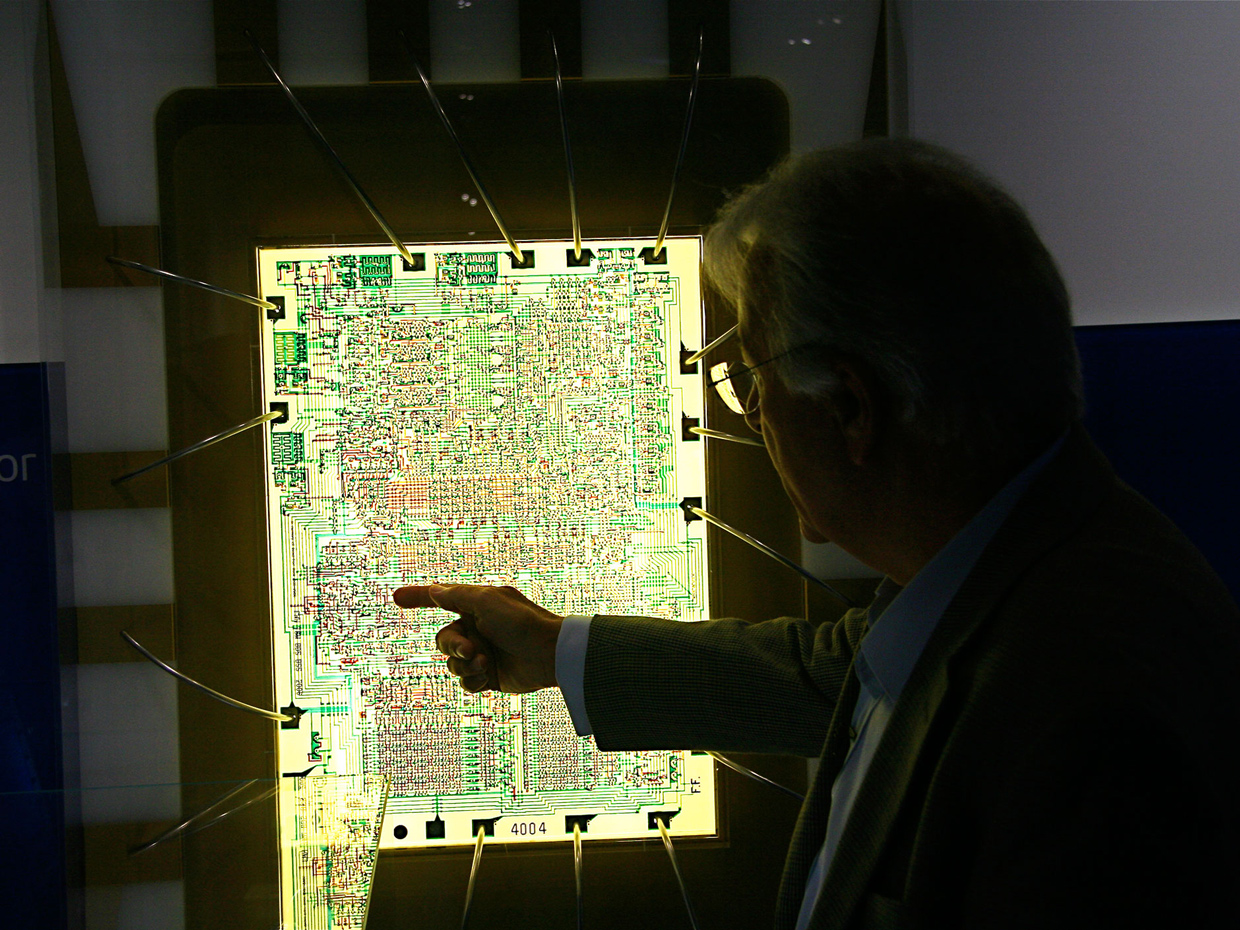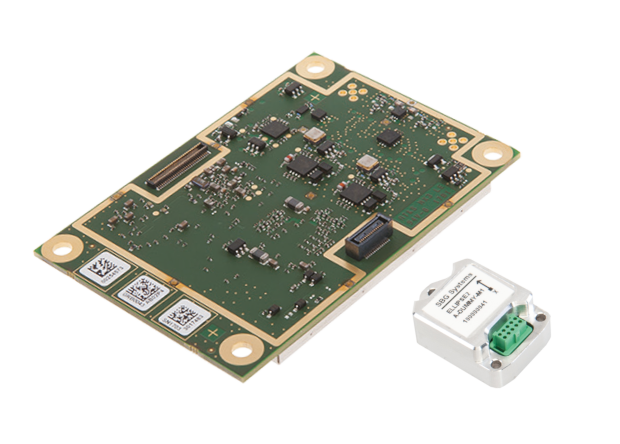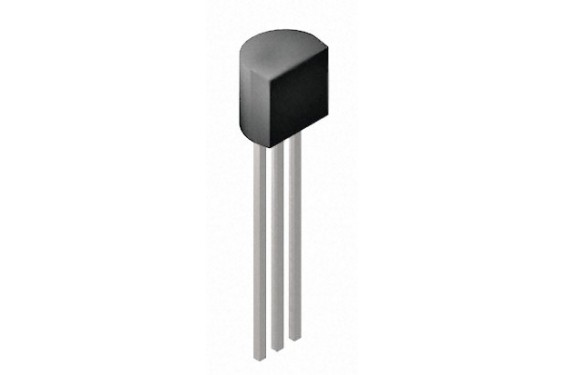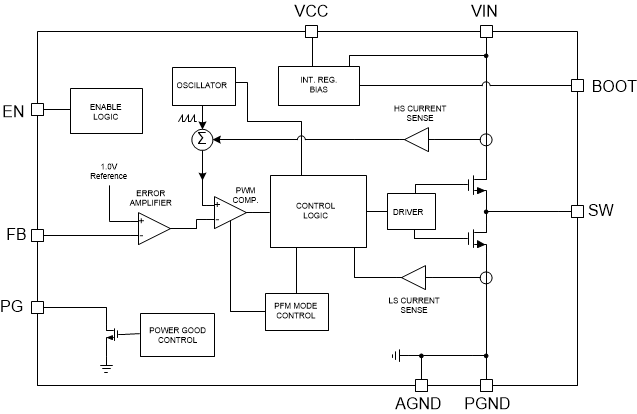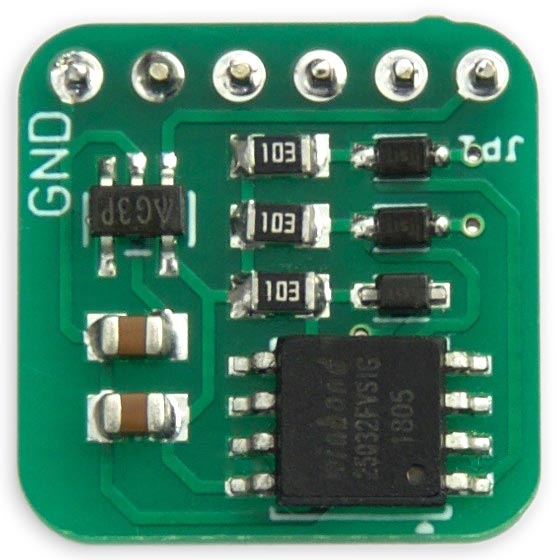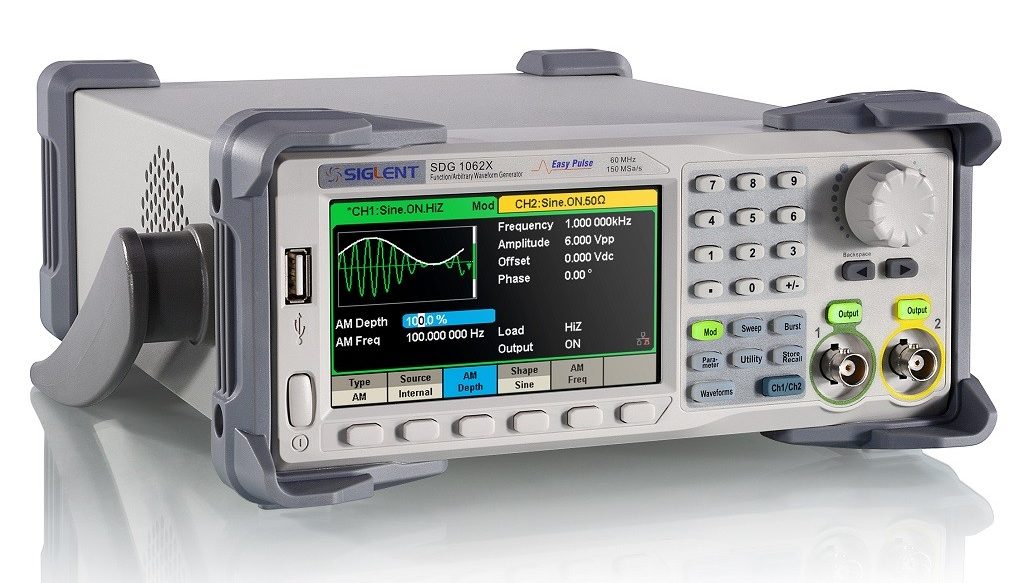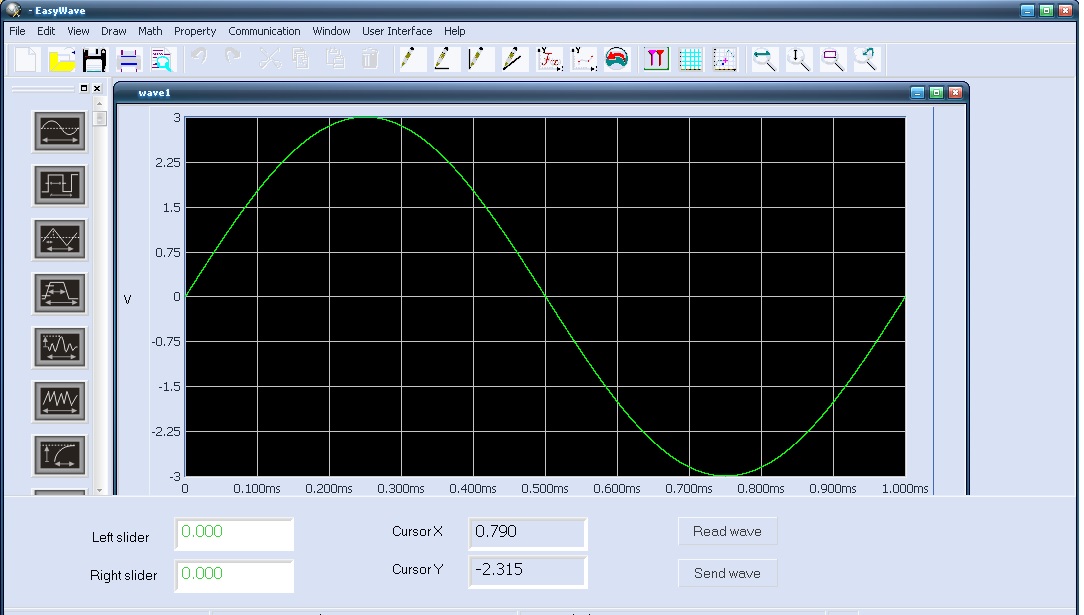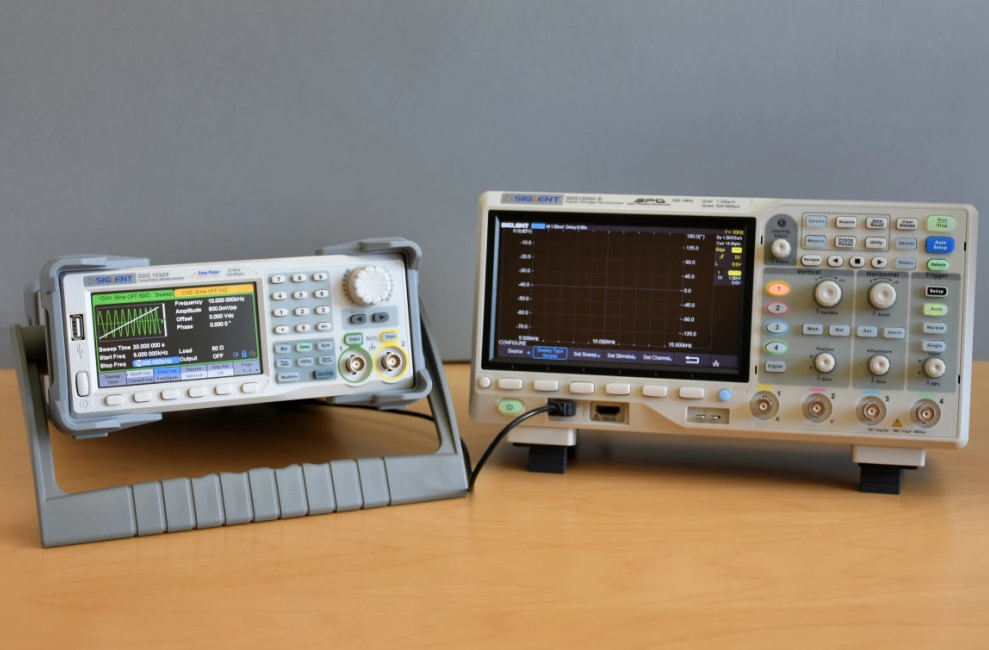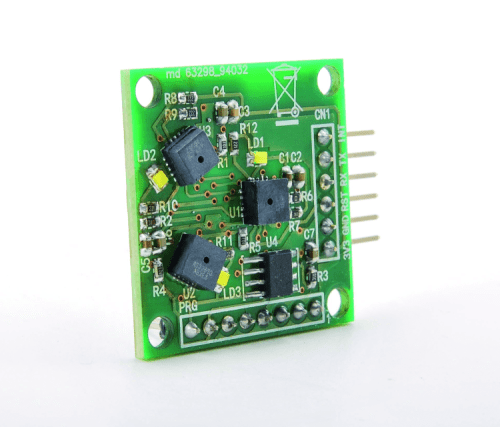Greenliant has started sampling its NVMe M.2 ArmourDrive™ solid state drive (SSD) modules to customers requiring high-performance, high-capacity removable data storage that can withstand extreme environments. The new industrial temperature (-40°C to +85°C) 88 PX Series NVMe M.2 ArmourDrive SSDs use 3-bits-per-cell (TLC) 3D NAND flash memory and are built in the widely used 2242 and 2280 form factors. See NVMe M.2 ArmourDrive product information at http://bit.ly/NVMe-M2-SSD.
88 PX Series NVMe ArmourDrive SSDs provide high performance and low latency for high transactional and business critical applications. NVMe is a highly scalable protocol optimized for efficient data transport over PCIe for storage on NAND flash. Small form factor, power efficient M.2 2242 products support the PCIe Gen3x2 interface and can reach up to 1,550/950 MB/s sequential read/write performance. Offered with hardware encryption and DRAM, M.2 2280 products support the PCIe Gen3x4 interface and can reach up to 3,470/3,000 MB/s sequential read/write performance. These versatile NVMe M.2 ArmourDrive form factors are ideal for space-constrained, embedded and enterprise systems in cloud computing, broadcasting, industrial gaming, factory automation, networking and security.
Benefits of 88 PX Series NVMe M.2 ArmourDrive SSDs include:
- Ultra-High Performance: Reaches up to 3,470/3,000 MB/s read/write
- Wide Range of Capacities: Available in 2242 form factor (64 GB, 128 GB, 256 GB, 512 GB) and
2280 form factor (240 GB, 480 GB, 960 GB, 1.92 TB) - Industrial Temperature: Operates between -40 and +85 degrees Celsius
- Built-in ECC: Uses advanced bit error detection and correction optimized for 3D NAND
- Advanced Flash Management: Extends SSD longevity using dynamic and static wear leveling
- Data Security: Supports AES-256 / TCG OPAL encryption (2280) and Secure Erase
“Greenliant delivers ultra-high performance and a wide range of capacities with its industrial NVMe M.2 ArmourDrive PX Series,” said Arthur Kroyan, vice president of business development and marketing, Greenliant. “Complementing Greenliant’s broad selection of SATA M.2 products, these highly reliable NVMe M.2 SSDs give embedded system designers even more options for data-intensive applications.”
Availability
Greenliant is sampling NVMe M.2 2242 SSDs to customers on select product engagements, and expects to start shipping in volume production in August 2019. Greenliant plans to start sampling NVMe M.2 2280 SSDs in September 2019 with volume production expected in October 2019. For more information about 88 PX Series ArmourDrive products, contact a Greenliant channel partner, https://www.greenliant.com/sales.


